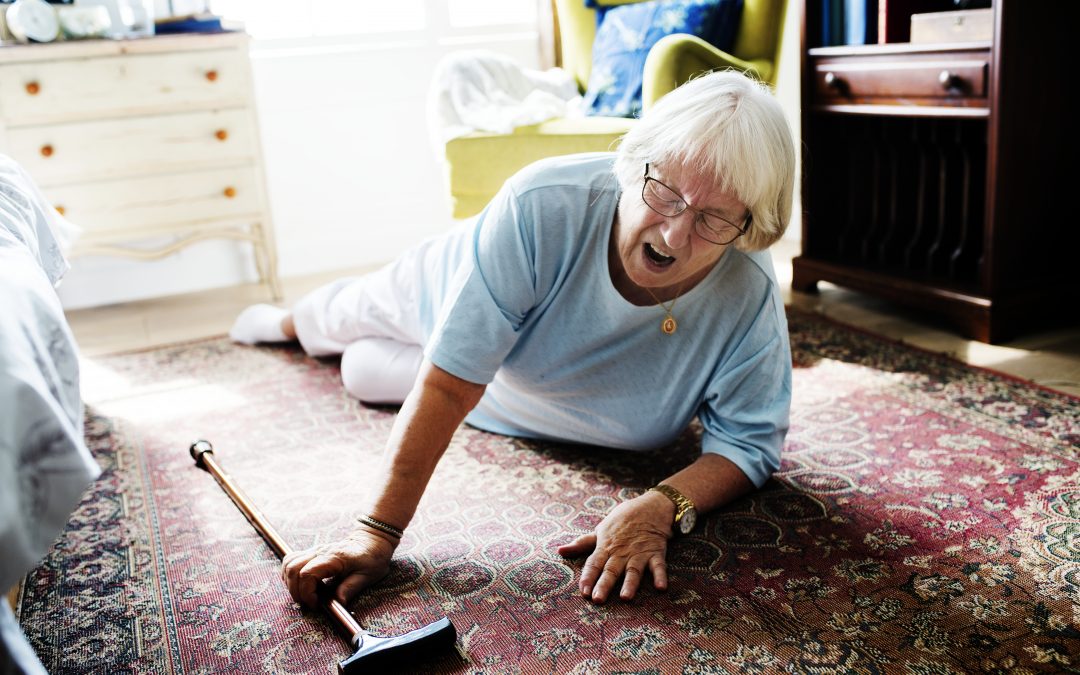Falls in nursing homes are more common than you might think, and they can result in injuries as serious as permanent disability or even death. According to the Nursing Home Abuse Center website, over 1.4 million U.S. citizens aged 65 or older live in nursing homes. An estimated 10% to 20% of nursing home falls cause serious injury, while deaths resulting from falls from nursing home inhabitants make up 20% of deaths for adults aged 65 or older. Nearly 35% of injuries resulting from falls happen to residents who either don’t walk or are otherwise unable to.
According to a study conducted by the Centers for Disease Control and Prevention (CDC), falls account for a large portion of accidental deaths among older adults regardless of whether or not they live in a nursing home. Roughly 25% of adults aged 65 or older have reported falling each year. ER visits resulting from falls are estimated to be about 3 million annually. In 2016 alone, more than 29,000 U.S. citizens aged 65 or older.
However, for those in the same age group who live in nursing homes, between 50% to 75% of them fall annually, which is double the rate of those who live in community settings rather than nursing homes.
So why are nursing home falls more common? It’s because falling is usually a sign of other health issues (including mobility and chronic health problems), something individuals living in nursing homes tend to have more of compared to their peers living in communities. They also have more issues with memory and the general, daily through processing, which can cause issues with completing everyday activities and the ability to take care of themselves.
More specifically, common reasons for nursing home falls include:
- Muscle weakness and walking/mobility issues (account for nearly 24% of nursing home falls)
- Environmental risks (e.g. equipment in pathways of the facility; accounts for 16% to 27% of nursing home falls)
- Miscellaneous hazards such as bad lighting, wet/slippery floors, badly fitted and/or badly maintained wheelchairs, beds that are too high off the ground, etc.
- Medication (e.g. anti-anxiety meds and sedatives) that can heighten the risk of falls and/or fall-related injuries, especially when they affect the central nervous system. The risk is even higher within a 3-day range of taking these sorts of medications.
- Additional issues include shoes that don’t fit well, not caring well for nursing home inhabitants’ feet and incorrect usage of walkers and canes.
- Restraints (such as bedrails), which mistakenly are thought to decrease the risk of falling, when in fact they actually increase the fall risk.
So how can nursing home falls be prevented? Nursing home staff, patients, and any related organizations can work together to decrease the risk of falls by doing the following:
- Teach patients/residents without cognitive issues specific behavioral approaches that can assist them in avoiding nursing facility hazards
- Teach exercise activities in order to improve strength, balance, overall mobility
- Providing patients/residents with hip pads to prevent hip fractures if they fall
- Changing the nursing home environment to make it easier for patients/residents to move around safely (including grab bars, raised toilet seats, lowered bed heights and hallway handrails).
- Checking patients’/residents’ medications for any possible risks of falling and minimizing usage when possible
- Teaching nursing home staff about falls, the risk factors for them and how to prevent them
- Evaluating patients/residents after they fall in order to determine risk factors and properly treat the health condition that caused the fall
If you or someone you know has a loved one who has suffered from a fall in a nursing home facility, please contact OK Eldercare to determine your legal options and discuss possible compensation.

